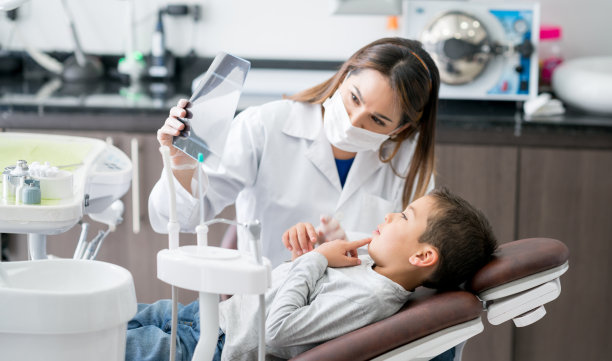A Comprehensive Guide on How to Safely Extract a Tooth at Home and When to Seek Professional Help
Summary: This comprehensive guide outlines the steps for safely extracting a tooth at home, emphasizing the importance of preparation, technique, aftercare, and identifying red flags that indicate the need for professional dental intervention. By being informed and cautious, individuals can manage minor dental issues without the immediate need for a dentist. However, this guide also stresses that some situations require professional help to prevent complications and ensure oral health.
1. Preparing for the Tooth Extraction Process

Before attempting to extract a tooth at home, proper preparation is key. First, ensure you have the right materials ready. You will need dental gloves, sterilized pliers, antiseptic mouthwash, and gauze. This ensures that the process remains as hygienic as possible, minimizing the risk of infection.
Additionally, it is crucial to evaluate the tooth. Understand that only loose teeth can be safely removed without complications. If a tooth is still firmly rooted in the gum, it is best to seek professional help. Inspect the area for any signs of infection, such as swelling or extreme pain, which could indicate the need for immediate dental attention.
Lastly, choose the right time and place for the procedure. Ensure you are calm and have a quiet environment. Anxiety can increase risks during the extraction process. A distraction-free environment will help you focus and execute the procedure more effectively.
2. Techniques for Safe Tooth Extraction at Home
Once you are fully prepared, follow a step-by-step technique for a safe extraction. Start by rinsing your mouth with antiseptic mouthwash to reduce bacteria in the oral cavity. This preliminary step helps decrease the likelihood of post-extraction infections.
Next, if the tooth is indeed loose, grasp it firmly with the sterilized pliers. Use a gentle twisting motion while pulling it outwards to minimize trauma to the surrounding gums. It’s important to avoid yanking or pulling with excessive force which can lead to excessive bleeding and pain.
After the tooth is removed, ensure that you apply pressure with gauze to the extraction site. Bite down gently to stem any bleeding. Keeping the gauze in place for at least 30 minutes can significantly reduce bleeding and promote clot formation. Avoid any strenuous activity for the rest of the day to help your body recover.
3. Aftercare and Healing Tips Following Extraction
After successfully extracting the tooth, proper aftercare is crucial for healing. Begin with a soft diet a few hours following the procedure to avoid irritating the extraction site. Foods like yogurt, applesauce, and smoothies are great options that won’t disturb the area.
Moreover, it’s essential to practice good oral hygiene. Avoid rinsing your mouth vigorously or using straws for the first 48 hours after extraction; these actions can dislodge the blood clot and lead to complications such as dry socket.
Regularly monitor the extraction site for any signs of infection, including increased redness, swelling, or warmth. If you notice any concerning symptoms, consult a dentist immediately to prevent further issues.
4. Identifying When Professional Help Is Necessary
While it is possible to extract a tooth at home, know when it is time to seek professional help. If you encounter excessive pain that over-the-counter pain medication cannot alleviate, it could indicate that complications are developing.
Additionally, if there is significant bleeding that does not subside within 30 minutes of applying pressure, this is a sign that you need to visit a dental professional. Prolonged bleeding can lead to more severe medical issues.
Lastly, if you experience signs of infection, such as fever, swelling in the jaw, or a foul taste in your mouth, you should reach out to a dentist. Ignoring these symptoms could lead to serious complications that require medical intervention.
Summary: This guide provides essential information for safely extracting a tooth at home, covering preparation, technique, aftercare, and identifying when to consult a professional. While minor extractions may be manageable, recognizing the limitations of at-home methods is crucial for maintaining overall oral health and hygiene.
Your dental health is paramount; always prioritize safety first.
This article is compiled by Vickong Dental and the content is for reference only.


